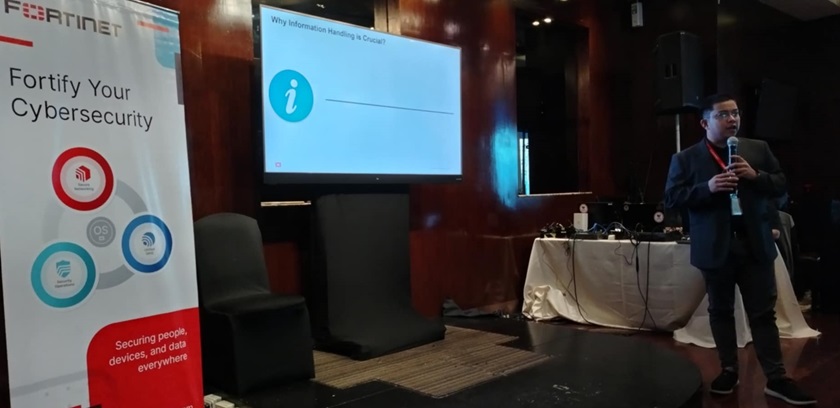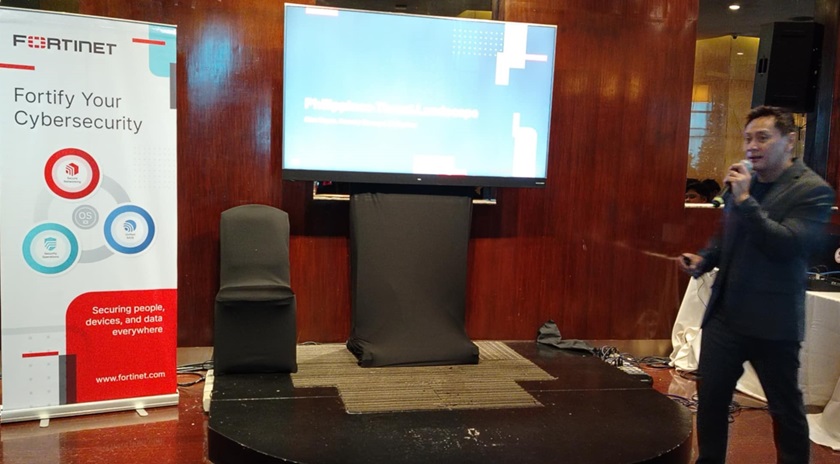
Fortinet, a global leader in cybersecurity and a pioneer in integrating networking and security, has released its 2025 Cyberthreat Predictions Report, shedding light on the shifting dynamics of the cyber-attack landscape. While traditional attack methods persist, the report highlights a noticeable evolution toward more ambitious, sophisticated, and destructive strategies. Cybercrime-as-a-Service (CaaS) groups are becoming increasingly specialized, blending digital and physical threats to orchestrate targeted and impactful attacks.

Developed by FortiGuard Labs, the report explores the transformation of conventional cyber tactics, emerging trends shaping the future of cybercrime, and actionable strategies to help organizations bolster their defenses. It provides a comprehensive view of the rapidly evolving threat environment, equipping businesses with the knowledge to proactively counter advanced cyber threats.

Key Cyberthreat Trends Predicted for 2025 and Beyond
Fortinet’s report identifies several pivotal trends expected to redefine the cyber threat landscape in the coming years:
1. Specialized Expertise in Attack Chains
Cybercriminals are dedicating more resources to the early stages of the cyber kill chain, such as reconnaissance and weaponization, enabling faster and more precise attacks. Unlike earlier years, where CaaS providers offered a one-stop-shop for all attack needs, a shift toward specialization is anticipated. Groups are likely to focus on specific attack chain components, refining their methods for maximum impact.
2. Increased Focus on Cloud Vulnerabilities
Cloud environments, often a critical part of organizational infrastructure, are emerging as prime targets for cybercriminals. As businesses increasingly depend on multi-cloud setups, attackers are leveraging cloud-specific vulnerabilities. This trend is expected to grow, emphasizing the need for robust cloud security measures.
3. Automated Hacking Tools on the Rise
The CaaS market continues to expand, offering tools such as phishing kits, Ransomware-as-a-Service, and DDoS-as-a-Service. Artificial intelligence (AI) is playing a growing role in these operations. Attackers are expected to leverage AI-driven outputs from large language models (LLMs) to automate social media reconnaissance and streamline phishing attacks, further fueling the dark web marketplace.
4. Integration of Cyber and Physical Threats
Cybercriminals are increasingly combining digital attacks with physical threats. This includes targeting executives and employees with real-world intimidation tactics and collaborating with transnational crime organizations to execute complex operations. The convergence of cybercrime and physical crime is set to become a key component of more sophisticated playbooks.
5. Expanding Anti-Adversary Frameworks
To counter evolving threats, the cybersecurity community must enhance collaboration. Initiatives like the World Economic Forum Cybercrime Atlas, supported by Fortinet, exemplify the importance of global partnerships in disrupting cybercrime. More collective efforts are anticipated to emerge, aiming to strengthen resilience and outpace adversaries.
Strengthening Collective Resilience
The fight against cybercrime demands coordinated efforts across industries, public-private partnerships, and an enterprise-wide commitment to cybersecurity awareness. Every organization must prioritize training employees, adopting robust security frameworks, and ensuring vendors adhere to high standards. Governments and technology providers also play a critical role in advancing collective defenses.
Fortinet emphasizes the need for shared intelligence and collaboration to effectively combat cybercriminals. By uniting efforts, the cybersecurity community can anticipate adversaries’ moves and minimize risks to critical assets and society as a whole.
Expert Insights
Rashish Pandey, VP, Marketing & Communications, Asia / ANZ:
“2025 is set to usher in a new era of cyber threats, with adversaries leveraging AI and specialized CaaS tools to launch more precise and large-scale attacks. Fortinet’s predictions underline the urgency for organizations to adapt to this dynamic threat landscape.”

Alan Reyes, Country Manager, Fortinet Philippines:
“As cyber threats become more sophisticated, the integration of AI into cybersecurity is crucial. Fortinet’s AI-driven platform enables organizations to defend against emerging threats, improve resilience, and strengthen public-private partnerships to combat cybercrime effectively.”

By proactively addressing these trends and fostering collaboration, organizations can stay ahead in the ever-evolving battle against cyber threats.






